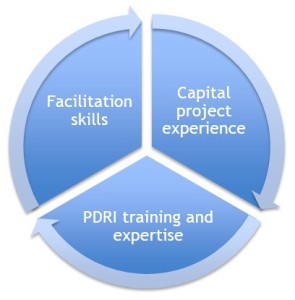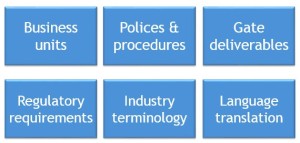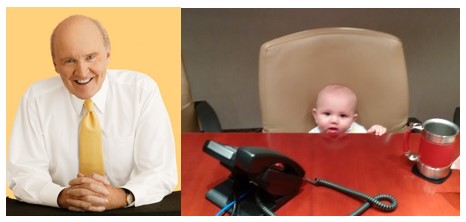There’s no doubt that the strength of your PDRI Facilitator will have a HUGE impact on your PDRI program. So what is a PDRI Facilitator and how do you pick a good one?
First of all, let’s define what a facilitator is in the context of PDRI:
“A facilitator is someone who contributes structure and process to interactions so groups are able to function effectively and make high-quality decisions. This person focuses more on how the team uses PDRI than on the content or subject.”
Selecting a PDRI Facilitator
Having a good facilitator is key to achieving success and growing your implementation of PDRI into a strategic part of your project process.
 Below is some guidance on things to consider when choosing a facilitator, regardless of whether they are an internal team member, or a third party consultant.
Below is some guidance on things to consider when choosing a facilitator, regardless of whether they are an internal team member, or a third party consultant.
One of the key things to consider is that a PDRI facilitator is the project manager for the PDRI process. They have a strict time limit to get through a lot of information. If the PDRI session takes more than 4 hours, the PDRI facilitator you’ve chosen is probably not a good fit for the role.
The facilitator must be unbiased. It is a bad idea to have a project manager facilitate a PDRI session for their own project.
The facilitator must have an understanding of the PDRI elements and be able to explain the elements to participants. CII research teams created the PDRI elements to be generic in order to apply to a wide range of projects – this is both a blessing and a curse. While it makes PDRI widely applicable to many different project types, it can result in confusion for participants as the words used in the element descriptions may not be representative of the company vernacular. As more PDRI sessions are done it is wise to work with the project team leaders to make the element descriptions more fit for purpose. This is often an iterative process with a goal to match the specific PDRI deliverables to the organization or business unit.
The facilitator should be well experienced in capital projects in order to achieve buy-in from the group and keep the participants engaged. They don’t need to be subject matter experts for the specific project, but they do need to have a good understanding of capital projects and of the PDRI process. As a rule of thumb, a little gray hair is probably a better choice than an ambitious but fresh faced co-op student. (see images below as examples of a good choice for a facilitator and a less good choice for a facilitator):
If there is someone on your team who has run risk reviews in the past, they would probably be a good choice as a facilitator.
The facilitators Job
As mentioned above, the facilitator is the Project Manager for the PDRI session. He or she has a specific project with very definite time constraints.
A good facilitator will:
- Keep things moving. You have up to 70 elements to get through in 4 hours. This works out to less than 4 minutes per element, so it is necessary to keep the assessment session moving.
- Be neutral and be able to disassociate from the results.
- Keep personalities out of the discussion and keep things focused on the project
- Find consensus within the room and be conservative in the assessment when necessary
- Ask questions, read body language and understand when further prodding is necessary to unbury the truth
- Be a good listener. As the saying goes, it’s better to be interested than to be interesting.
- Arrive to the session with plenty of time to look after all logistical issues – there’s nothing worse than having everyone sit around twiddling their thumbs as you struggle through technical issues.
- Understand and be able to illustrate to the session participants that the PDRI score is simply a data point. The greatest value of PDRI comes from identifying the gaps, putting together the action list, and aligning all the stakeholders.
Things to remember:
- The PDRI session is not a time for solving problems, it is a time to identify problems and gaps
- PDRI is not an audit of the project team – it is a process to see where the project is at, at a given point in time with a goal of identifying gaps, and providing transparency in order to take appropriate action to mitigate risk
- The facilitator is not there to solve problems or find information that the project team needs – he or she is there to run the PDRI process
Using the PDRI methodology will help your project teams improve scope definition, become better aligned, and provide transparency on identified gaps. This helps to equip all project stakeholders to better mitigate risks identified in PDRI reviews, predict potential issues, and prevent costly problems down the road. Having a good facilitator or facilitators will ensure the process is adopted and grows across your organization.


